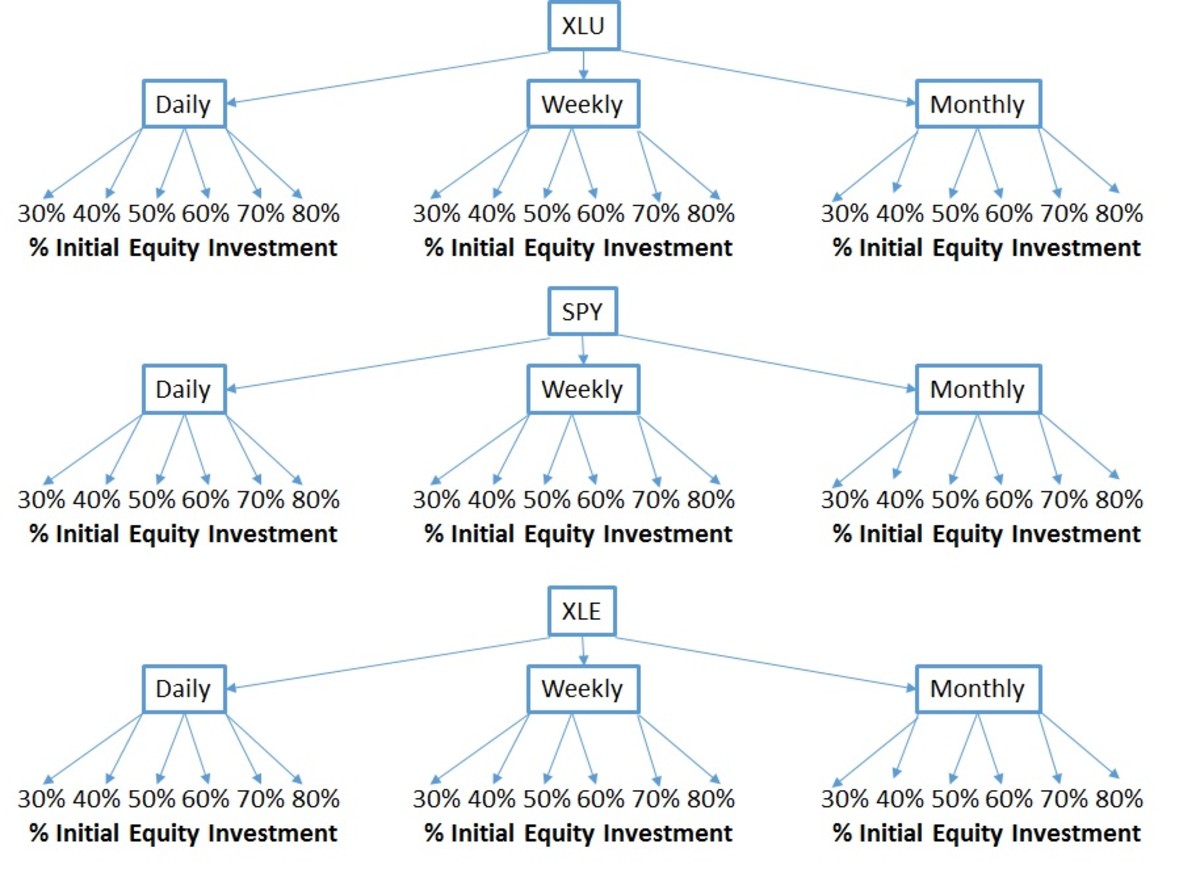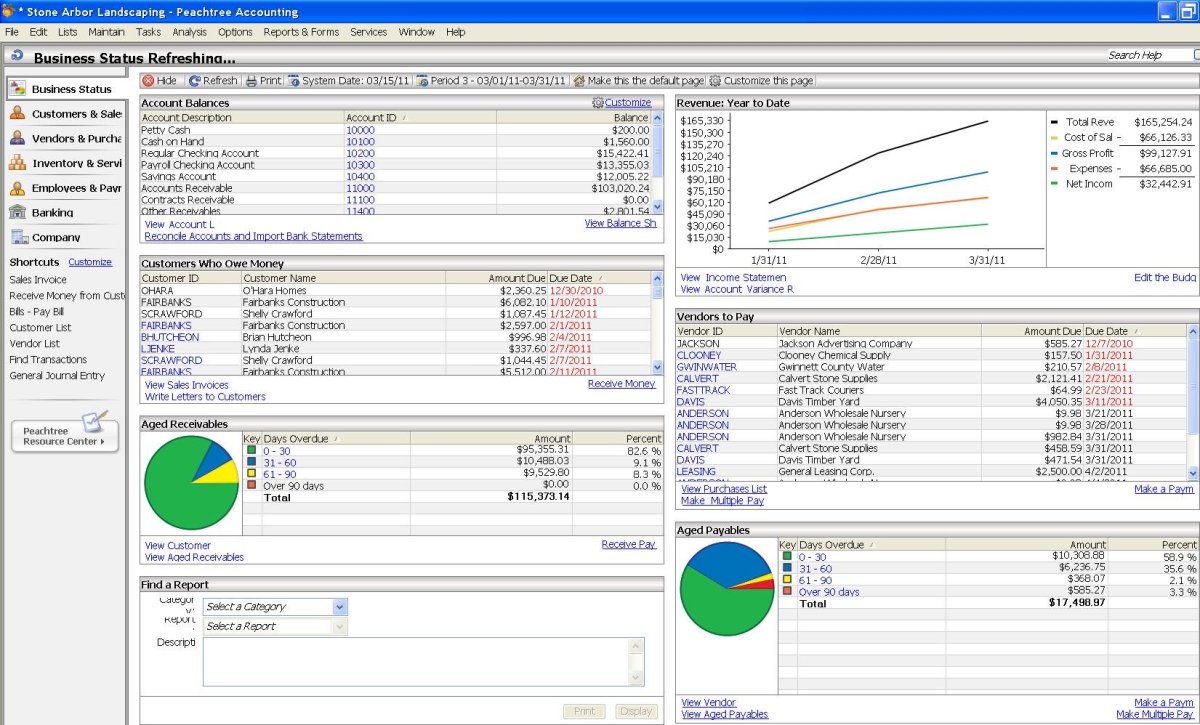Financial statement analysis and interpretation for non-financial managers
Financial statements analysis is an aspect of business analysis which is the evaluation of a company’s prospects and risk for the purpose of making decisions that will lead to progressing and prospering. Technical analysis or fundamental analysis can be used to carryout financial analysis activity. Some people combine the two.
The areas of financial statement that we shall be looking at are;
Buy Books on Financial Statements Analysis
While technical analysis attempts to establish a pattern in financial history, fundamental analysis is the process of determining the value of a company by analyzing and interpreting key factors for the entity. I am not going to bother you here with technical analysis, so don’t be scared.
Financial statement analysis and interpretation is one area where non-financial managers get hooked up and wished they had never assumed the post of a manager in the first place. You will no doubt make a better manager if you speak and understand the language of business- which is accounting and figure, financial statement analysis in particular.
You don’t need to have degrees in accounting before you can analyse and interpret financial statements. Basic arithmetic and human intuition are all what you need to be fine.
Profitability analysis/ Investment analysis/ Efficiency analysis
Liquidity/ solvency analysis
Risk management analysis (leverage/gearing)
Limitations of financial analysis
INTRODUCTION
You may ask yourself, what is the motive behind this financial statement analysis? The answer to this question I will reveal the following to you. To ensure that the company is profitable, to ensure that the company is liquid enough to meet her obligations as they fall due, to keep an eye on risk and make sure it doesn’t get out of hand, for us to make an informed investment decision and to be satisfied that the company’s operations are run and managed in an effective and efficient way and manner.
PROFITABILITY ANALYSIS/ INVESTMENT ANALYSIS/ EFFICIENCY ANALYSIS
The traditional economic theory makes us understand (believe) that the main objective of a company is to make profit and maximize profit. Broadly speaking, profitability analysis is the evaluation of company’s ability to make returns on investment. Profitability analyses are done using ratios and these ratios are of two types; those showing profitability in relation to sales and those showing profitability in relation to investment.
PROFITABILITY RATIO ANALYSIS THAT RELATES TO SALES
Gross profit margin: think of it this way, you bought an item for 800 Naira and sell it for 1,000 Naira. The difference of 200 Naira is your gross profit. It can be calculated by dividing gross profit (sales less cost of sales) with sales (500/1,200 = 20%). What this simply means is that you have added 20% value of profits that would be used to write off fixed cost.
Net profit margin: net profit margin is similar to gross profit margin with the difference being that additional running costs will need to be removed from the profit. It shows how efficient a company is in managing fixed cost.
Profitability ratio analysis that relates to investment
Return on Equity: equity is the total sum of money that common/ordinary shareholders pooled together ac the capital of a business. ROE is calculated thus, net profit /average equity. This ratio is important to so many stakeholders. Shareholders for instance will be able to have insight into a company’s affair (profit wise).
Return on Assets: this ratio attempts to explain how a company is doing on a pre-tax and interest basis. It is calculated thus; net profit + interest cost (1-tax rate)/average asset. Managers use it to check their ability to manage resources that are put to their disposal. Note that there are other performance measure tools that a company can use (both financial and non-financial tool). I am not going to delve into other non-financial performance measures as they are beyond the scope of this article.
Liquidity/ solvency analysis
Liquidity ratios and solvency ratios are tools used to measure a company’s ability to meet up with its short-term and long-term financial obligations respectively. Liquidity ratios include; current ratio and acid-test ratio. Current ratio is calculated thus: current assets/current liabilities. If those that you owe – including your workers should come knocking on your door, can the cash at hand and near cash resources (including stocks) pay off all that you owe them? If yes, then your medium term cash position is ok. But if it cannot pay off all these, then there may be need to worry.
Acid-test ratio (quick ratio) is an extension of the current assets ratio. It goes further to test a company’s financial stand. It is calculated thus: current assets less debtors/ current liabilities. The logic behind this is to see if a company can pay all its debt without having to sell its stock (inventories). Your business may not necessarily be in problem if the amount of acid assets cannot adequately pay off all her short-term debt. But, it is an indication that the problem days may be ahead.
Solvency ratio measures a company’s ability to pay off her long-term debt as they fall due. Solvency ratio speaks more on the going concern of a business. All you need to know about this as a non-financial manager is the ratio of Owner’s Equity to Debt (both long term and short term).
Risk Management Analysis
We have two kinds of risk that managers should be aware of. They are business risk and financial risk. Business risk are those risk that a company would fail to meet with its objective (it could be in terms of profitability, market shares etc). Financial risk is the risk that is primarily associated with financing and financial decisions made by management. Business risk is high when contribution is low. It measures the quality of a company’s earnings. It is measured by finding out the operating gearing = contribution/ profit before interest and tax (PBIT). Note that contribution is sales minus variable cost of sales. Financial ratios can be measured by calculating the following: gearing ratio, debt/equity ratio and interest coverage. A common way to calculate financial gearing ratio is to divide prior charge capital by equity capital. Prior charge capital is that capital with fixed/ predetermined interest (debt) while equity capital is funds provided by the owners of a business. Interest ratio is simply PBIT/interest.
Some Limitations of Financial Statements Analysis
Note that all what we have done so far are meaningless if they are not relative in nature. Or how can you explain whether a company is doing well or not if N50m this? You need to compare it some kind of yardstick to really establish whether the company is really doing well or not. It could be against previous year or against other companies/businesses in the industry. These analyses if done well can be used to make certain predictions- especially bankruptcy!
Financial statement analysis done with the help of ratios should be interpreted carefully as there are many factors affecting a component can correlate with other factors. Other factors that affect ratios and financial statement analysis are; choice of accounting method, industry circumstances, prevailing law or regulations in a given area, intention of managers, etc.
Please note that financial statement analysis and interpretation are like every other things that we do on a daily basis, we constantly learn them and hone our skill along the line. You will greatly improve your financial statement analysis skill by buying some of these Amazon books here.










